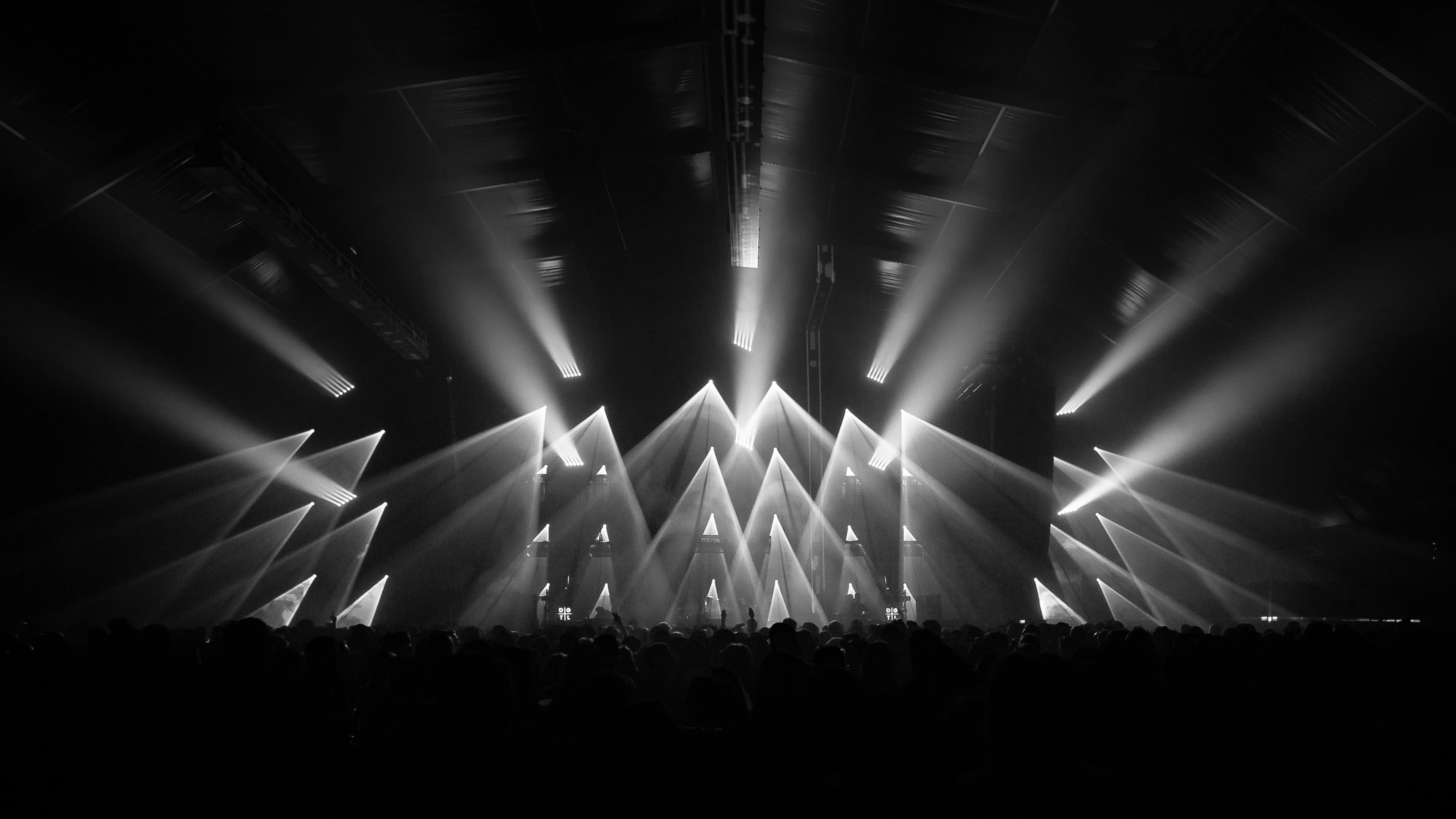

Boundaries Tickets
Up to 30% Off Compared to Competitors.
Location: Select Location (e.g, New York)
Events Nearby
We're Sorry. There are currently no events near you.
Boundaries
No Events AvailableAbout Boundaries
Currently, the concert scene is witnessing a resurgence as artists adapt to post-pandemic realities. Many performers are embracing hybrid concert formats, combining live performances with virtual elements to reach a broader audience. This evolution has led to new boundaries in how concerts are organized, with artists utilizing platforms like Twitch and YouTube to livestream their shows, allowing fans worldwide to participate in real-time. Major festivals are also adapting to current trends, with events like Coachella and Lollapalooza implementing health and safety measures while enhancing the overall concert experience with interactive installations and immersive environments. Additionally, the rise of social media has redefined the relationship between artists and audiences, enabling fans to engage with their favorite performers in unprecedented ways. With emerging technologies like augmented reality (AR) and virtual reality (VR), the future of concerts promises to break even more boundaries, offering innovative experiences that were previously unimaginable. As artists continue to explore these new frontiers, the concert landscape is becoming increasingly dynamic and inclusive, ensuring that live performances remain a vital part of the music industry.
Boundaries History
The concept of boundaries in concerts has evolved significantly over the decades. Initially, concerts were simple gatherings where musicians performed for small audiences in intimate settings. As the music industry grew and diversified, so too did the venues and the types of performances. The 1960s and 70s saw the rise of large-scale music festivals, such as Woodstock, which challenged the traditional boundaries of concert performances by introducing the idea of mass gatherings and outdoor venues. This era marked a shift in how audiences experienced music, as boundaries between performer and audience began to blur. In the 1980s and 90s, the advent of technology further transformed concerts, with elaborate stage designs, light shows, and sound systems creating immersive experiences. As genres like rock, pop, and electronic music gained popularity, the boundaries of performance styles expanded, leading to cross-genre collaborations and the emergence of unique concert formats, such as silent discos. Today, concerts are a multifaceted experience that can range from intimate acoustic sets to grandiose stadium shows, often incorporating multimedia elements that challenge the conventional boundaries of live performance.
